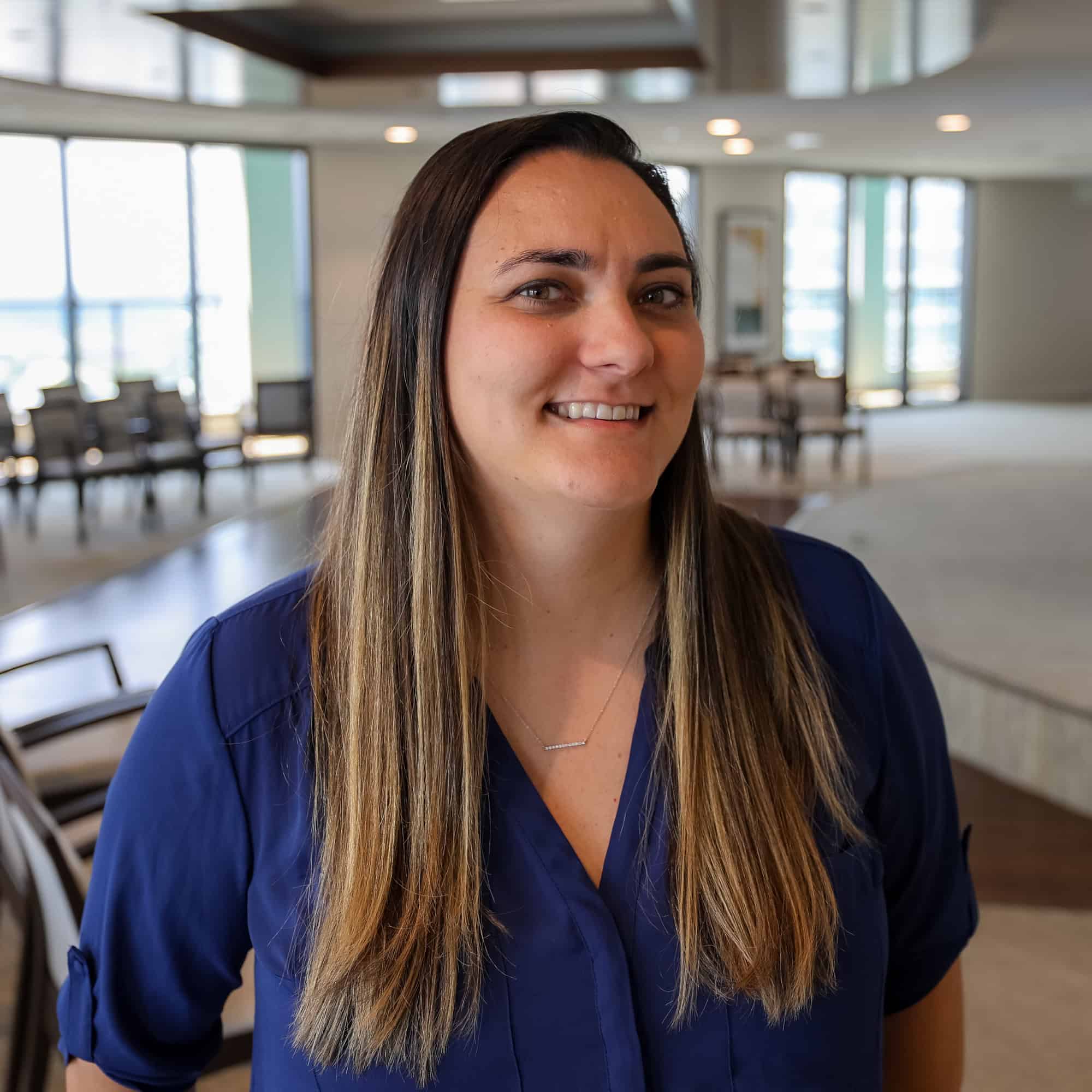THE VBP Blog
How Massachusetts and Colorado Are Leading the Way in Home-Based MLTSS
Expanding Access to In-Home Care Through Managed Long-Term Services and Supports

February 25, 2025 –Managed Long-Term Services and Supports (MLTSS) programs are shifting Medicaid-funded care toward home-based services, helping individuals receive the support they need while remaining in their own homes. As states move away from institutional care models, MLTSS has become a key strategy for enhancing independence, improving care coordination, and reducing healthcare costs. This is something we covered in our last blog and will continue discussing throughout this blog as well.
In this blog, we are specifically going to look at how some states are leading the way in building strong, effective MLTSS programs. Among them, Massachusetts and Colorado stand out for their commitment to expanding personal care services, home health, and caregiver support. Both states have structured their MLTSS programs to increase flexibility, improve access, and empower individuals to take control of their care plans.
As advocates, we are excited to see how these states are focused on community-based alternatives to nursing facilities, and how they are using MLTSS to successfully keep people in their homes while delivering high-quality, cost-effective care. In this blog, we will examine what makes their programs effective, how they differ from traditional long-term care approaches, and what other states can learn from their successes.
Massachusetts Prioritizes Community-Based Long-Term Services and Supports
Massachusetts has long been at the forefront of home and community-based care, recognizing that individuals who require long-term services and supports often prefer to receive care in their own homes rather than in institutional settings. Ranking fourth nationwide on LTSS system performance in the 2023 AARP LTSS State Scorecard, the state has built a comprehensive MLTSS model that prioritizes independence, flexibility, and quality of life for consumers.
At the core of Massachusetts’ home-based MLTSS programs is an emphasis on community-based long-term services and supports. Through the Office of Long-Term Services and Supports (OLTSS), beneficiaries can receive access to community-based LTSS that includes:
- Adult Day Health
- Adult Foster Care
- Continuous Skilled Nursing
- Day Habilitation
- Group Adult Foster Care
- Personal Care Attendant Program
One of the more unique aspects of Massachusetts’s program is the Personal Care Attendant (PCA) program. This program allows individuals to receive assistance with daily activities such as bathing, dressing, meal preparation, and mobility support. Unlike traditional home health services that rely solely on agency-assigned caregivers, the PCA program is self-directed so consumers can hire, train, and manage their own caregivers, including family members. This flexibility empowers consumers to maintain greater control over their care while also fostering stronger relationships with caregivers.
In addition to PCAs, Massachusetts’ MLTSS programs include home health services, providing access to skilled nursing care, physical therapy, and medication management within a home setting. These services are critical for individuals with chronic conditions or post-hospitalization recovery needs, allowing them to receive medical care without the need for institutional placement. By incorporating preventive care and rehabilitation services into home-based care models, Massachusetts helps reduce costly hospital readmissions and improves overall health outcomes for Medicaid beneficiaries.
Beyond standard Medicaid services, Massachusetts also leverages Home and Community-Based Services (HCBS) waivers to expand access to in-home care options. Leveraging $526 million in federal COVID-19 relief dollars, the state is implementing wage increases for workers, funding training programs and retention bonuses, and focusing on workforce recruitment and retention to increase the available pool of workers to provide these necessary services. The state also relaunched their Money Follows the Person Demonstration, which is designed to shift LTSS spending from institutions to HCBS settings.
Through a combination of personal care assistance, skilled home health services, and innovative funding initiatives and incentives, Massachusetts has created an effective MLTSS model that prioritizes home-based alternatives over institutional care. As other states work to expand their own MLTSS programs, Massachusetts serves as an example of how flexibility, choice, and person-centered care can improve outcomes for Medicaid beneficiaries while also reducing long-term care costs.
Colorado: Enhancing Managed Long-Term Services and Supports (MLTSS) Through Recent Reforms
Colorado wasn’t always a leader in Managed Long-Term Services and Supports (MLTSS), but after making some changes, the state ranked in the top five of the 2023 AARP LTSS State Scorecard. It was also included on the “most improved” list, improving 9 indicators by 10% or more between the 2020 and 2023 scorecard.
The reason for this is that Colorado has been proactive in refining its Managed Long-Term Services and Supports (MLTSS) to one “that is more person-centered, community-focused, and responsive to the unique needs of each member.” There are several key projects rolling out in the near future including Community First Choice, Nursing Facility Transition and Diversion Efforts, and the New Assessment and Person-Centered Support Plan.
Perhaps the biggest advancement in MLTSS for Colorado is the launch this year of the Community First Choice (CFC) option. CFC allows states to offer home and community-based attendant services and supports through their Medicaid state plans, which expands the scope of long-term care services available. The goals of CFC are self-direction, transitions out of institutions, and person-centered care. There are a variety of services and supports available through CFC, including personal care, homemaker, health maintenance activities, medication reminders, transition setup, home delivered meals, and remote supports, among others. Starting July 1, 2025, these services will be moving from the HCBS Waivers into CFC, and consumers will be able to control their own budget, select and dismiss their attendants, and provide training for the people who provide their care.
Another priority project has been the Colorado Single Assessment and Person-Centered Support Plan (CSA and PCSP). This is a new process for eligibility determinations, needs assessments, and support planning for beneficiaries, and it puts an emphasis on self-direction, person-centered, and care coordination. The assessment evaluates physical, emotional, and social needs, leading to a comprehensive support plan focused on self-directed living. By adopting this person-centered model, Colorado aims to improve care quality and empower individuals to make informed choices about their services.
Through MLTSS, Colorado also offers transition services that assist consumers in moving from nursing facilities back into community settings. Originating from the successful Colorado Choice Transitions (CCT) demonstration, this initiative offers transition coordination and counseling, as well as targeted case management to facilitate the shift to community-based living. Additionally, consumers can take advantage of services like life skills training, home-delivered meals, peer mentorship, and setup assistance to support members post-transition. These services aim to enhance independence and quality of life for individuals re-entering their communities. This
These reforms reflect Colorado’s dedication to enhancing its MLTSS framework by prioritizing home and community-based care. The adoption of CFC is anticipated to expand service availability and accessibility, allowing more individuals to receive care in their preferred settings. Simultaneously, the restructuring of case management services aims to provide more cohesive and efficient support for families navigating the complexities of long-term care for children with disabilities.
Advocates Perspective
As advocates, we are encouraged to see states advancing and expanding access to managed long-term services and supports. Individuals overwhelmingly prefer to receive care and age in their own homes, whenever possible, and MLTSS allows them to do so. However, as these changes unfold and more programs are implemented, continuous monitoring and evaluation is essential to address potential challenges. A few examples are ensuring approval process and new assessment tools are applicable, as well as investing in workforce training, recruitment and retention to ensure that workforce capacity can meet the increased demand anticipated with MLTSS.
Onward!
Share This Blog!
Get even more insights on Linkedin & Twitter

About the Author
Fady Sahhar brings over 30 years of senior management experience working with major multinational companies including Sara Lee, Mobil Oil, Tenneco Packaging, Pactiv, Progressive Insurance, Transitions Optical, PPG Industries and Essilor (France).
His corporate responsibilities included new product development, strategic planning, marketing management, and global sales. He has developed a number of global communications networks, launched products in over 45 countries, and managed a number of branded patented products.

About the Co-Author
Mandy Sahhar provides experience in digital marketing, event management, and business development. Her background has allowed her to get in on the ground floor of marketing efforts including website design, content marketing, and trade show planning. Through her modern approach, she focuses on bringing businesses into the new digital age of marketing through unique approaches and focused content creation. With a passion for communications, she can bring a fresh perspective to an ever-changing industry. Mandy has an MBA with a marketing concentration from Canisius College.